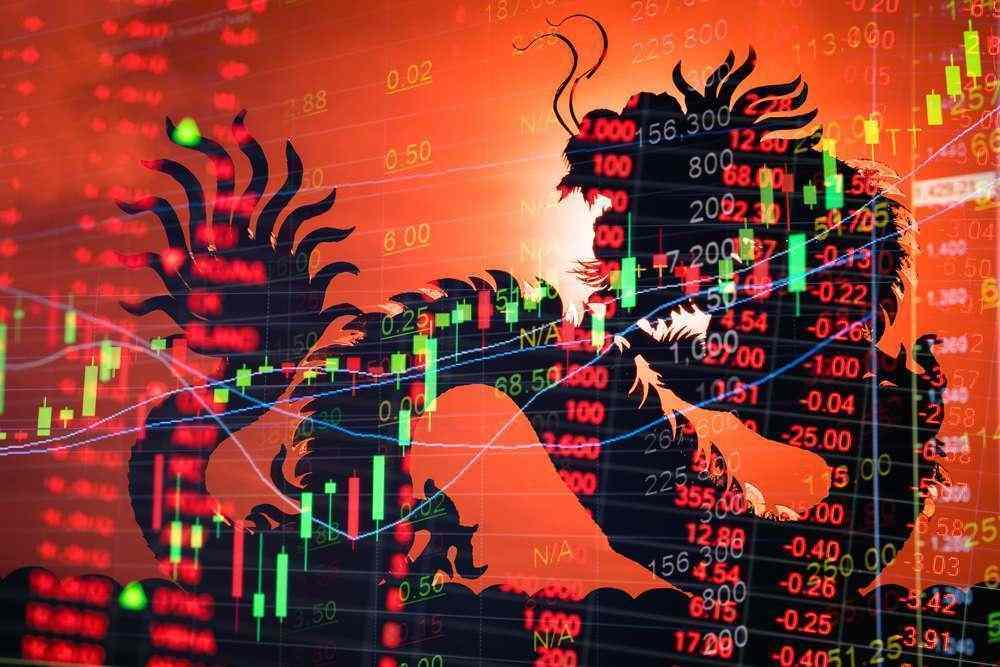Australia’s Central Bank sees China slowing down to 3% by 2030

Australia’s Central Bank sees China slowing down to 3% by 2030
The Reserve Bank of Australia (RBA) reasoned how China’s economic growth could slow down to around 3% by 2030 as a result of low birth rates, corporate debt, and low productivity.
“China’s period of ‘above-normal’ growth is drawing to a close,” the RBA’s Ivan Roberts and Brendan Russell wrote in a research paper released Thursday. “This will create challenges for policy makers, as they attempt to foster continued increases in incomes, while forestalling risks arising from high levels of debt.”
While China’s annual GDP rose 10.6% in 2010, it had been steadily slipping as authorities looked to switch the drivers of growth from investment to consumption.
Policy makers are currently meeting in Beijing for the annual Central Economic Work Conference, where policies and goals are set. The official GDP target for 2020 is likely to be lowered to “around 6%” from a “6-6.5%” range this year, according to a Bloomberg survey.
As Australia’s largest trading partner, China’s outlook has implications for export growth and broader prosperity — particularly as the goods and services traded between the nations have expanded over time.
“The depth of these linkages means that the potential for growth in China to slow further, either gradually or sharply, represents a significant risk for the Australian economy,” Roberts and Russell said.
The RBA’s views on China are often tracked by investors because of Australia’s leverage to the fortunes of the world’s second-largest economy.

